Here we take a look at how CRISPR, the revolutionary “molecular scissors”, works and where its being used.
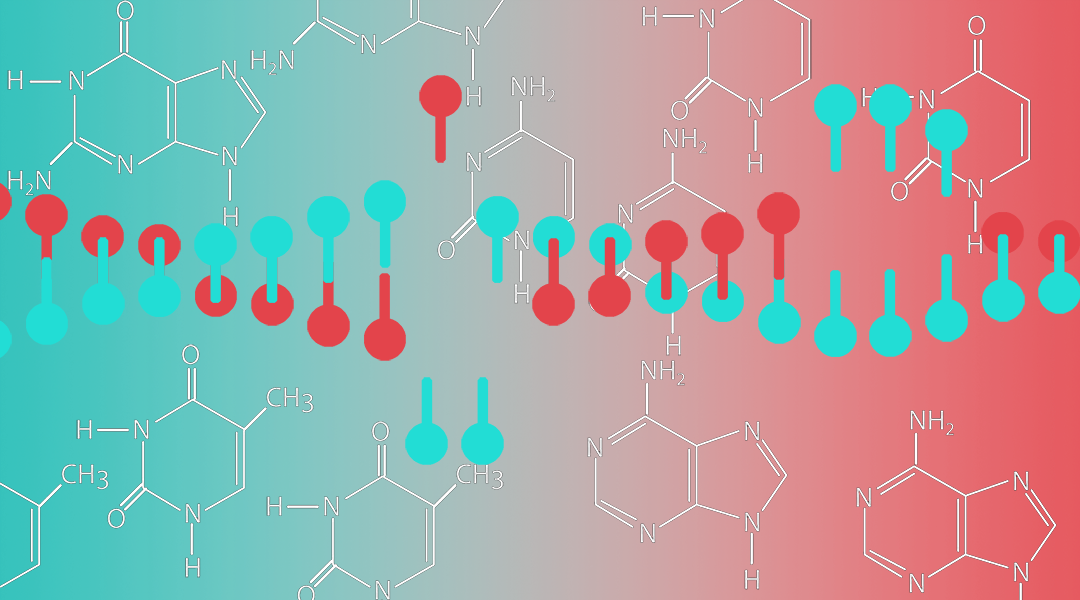

Here we take a look at how CRISPR, the revolutionary “molecular scissors”, works and where its being used.
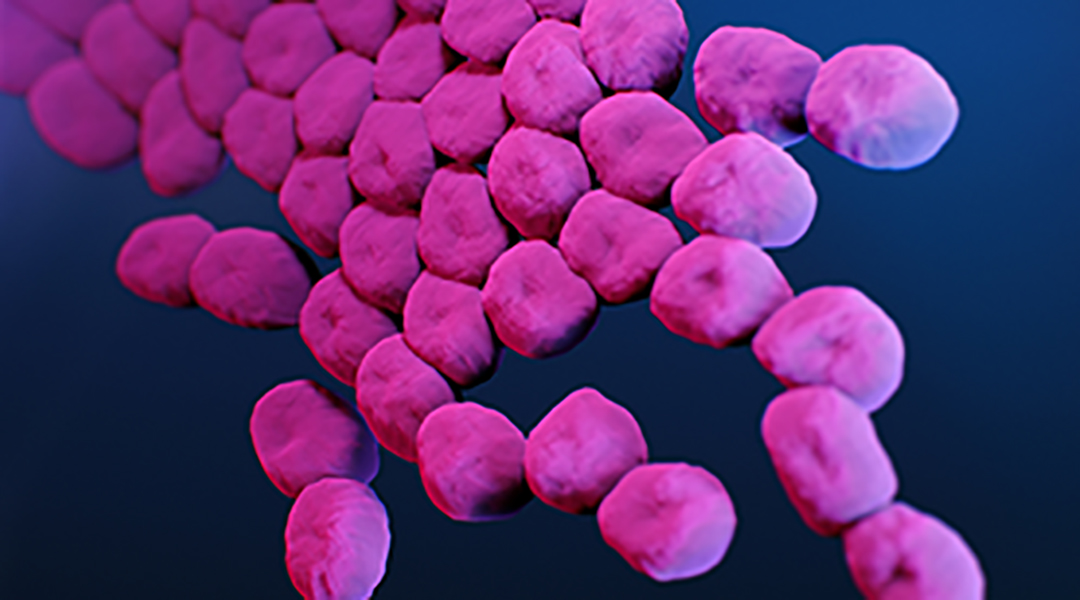
Scientists investigated phages that can kill the world’s leading superbug, Acinetobacter baumannii, which is responsible for up to 20% of infections in intensive care units.
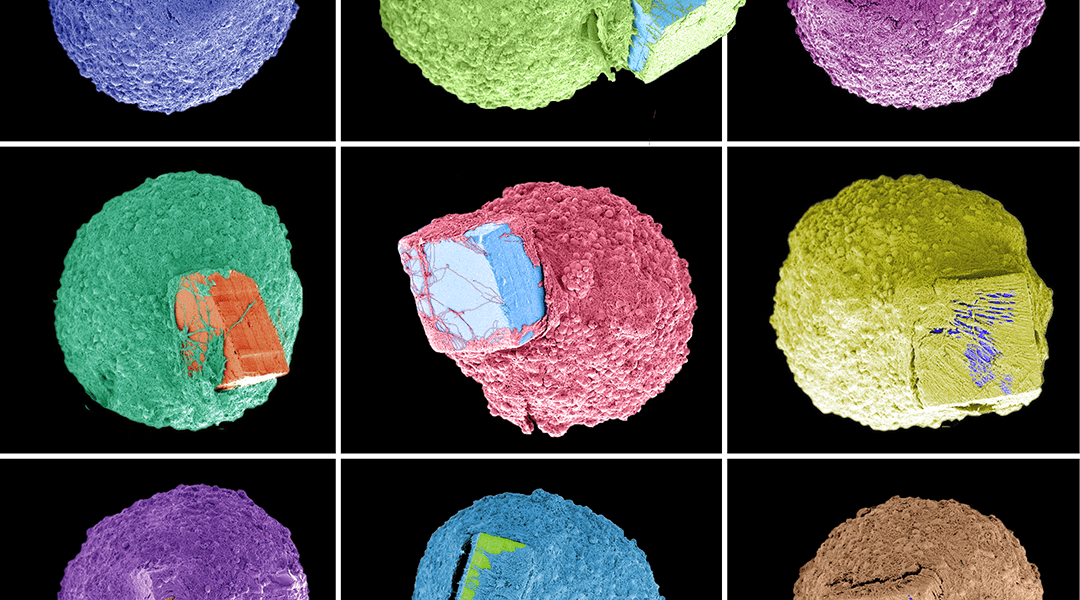
Researchers successfully grow 3D brain tissue on fully-integrated microchips for neural biosensing applications.
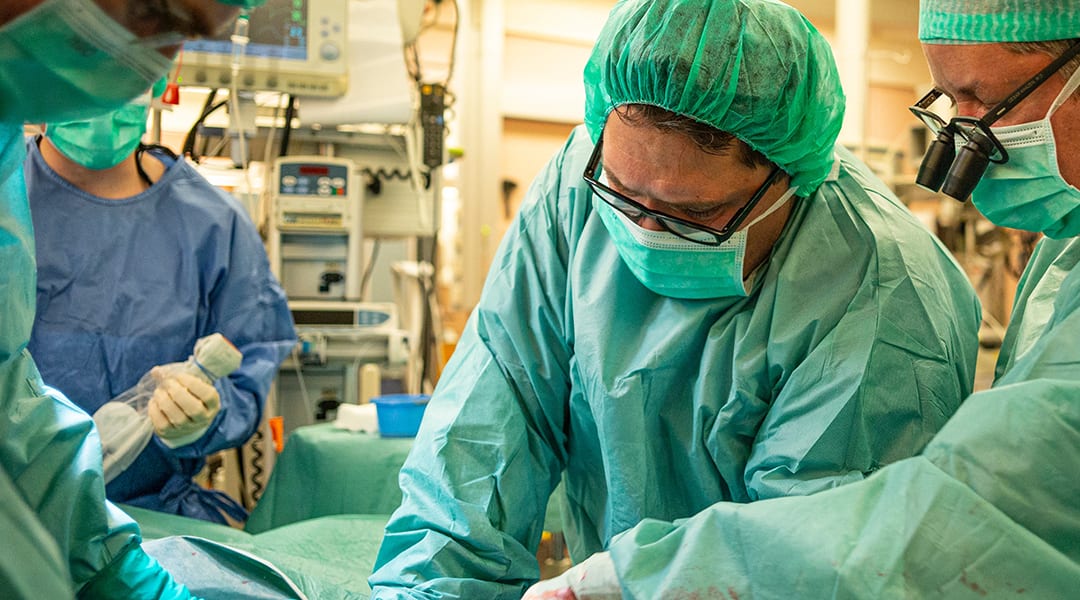
The FRESH-technique for 3D printing heart models could be a game changer for budding surgeons.

Driven by a machine learning algorithm, the closed-loop biohybrid device maintained a set membrane voltage in human stem cells for 10 hours.
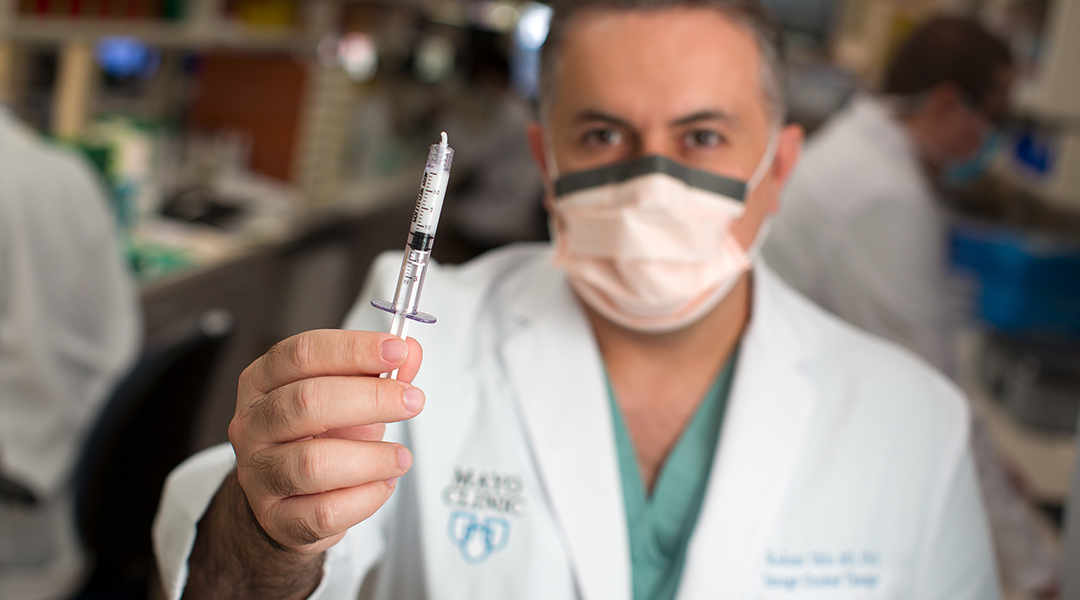
Researchers challenge the current paradigm for embolization with a safe and versatile embolic agent made from malleable and injectable hydrogels.

It seems that not all nanoparticles attract a protein corona.
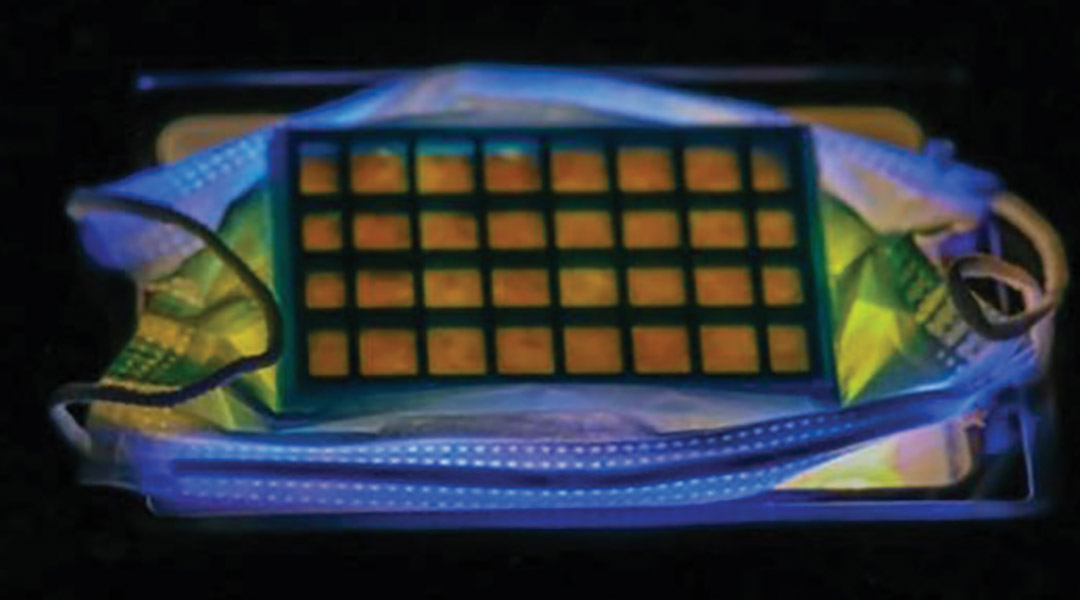
Researchers develop a reusable filter paper made from titanium dioxide nanowires that is capable of trapping and killing pathogens like the SARS-CoV-2 virus.

A research team combats antibiotic-resistant superbugs by administering antibiotics together with metformin.

New imaging technique sheds light on the mysterious life cycle of giant viruses.